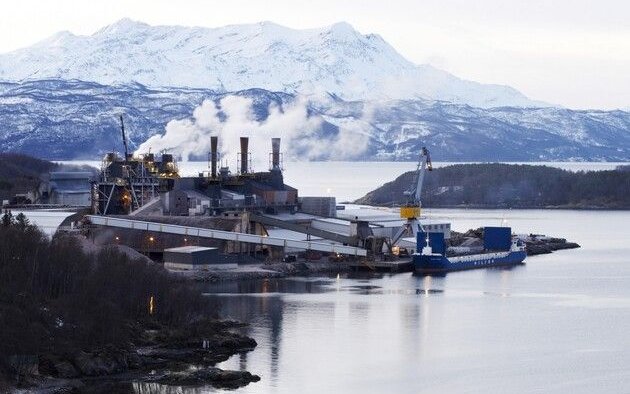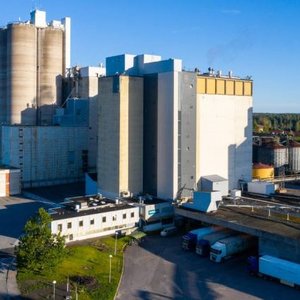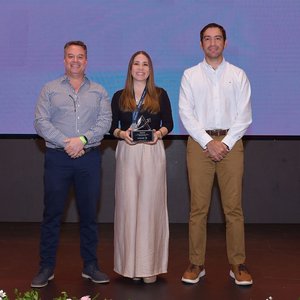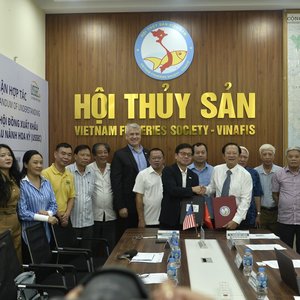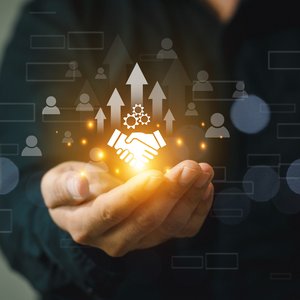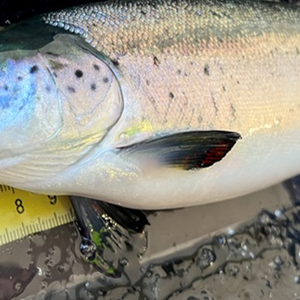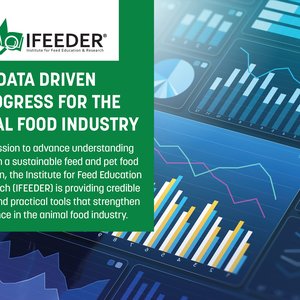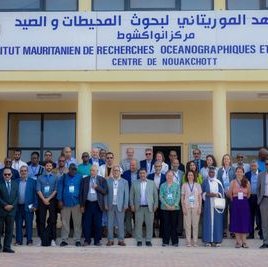Three Norwegian research institutions and a visionary heavy industry partner are working to turn polluting CO₂ emissions into healthy feed for farmed salmon.
At Finnfjord, a ferrosilicon producer, approximately 300,000 tons of CO₂ emissions per year are now being captured and used to grow microalgae. These algae consume CO₂ as an energy source, transforming waste emissions into a valuable resource. The Norwegian Institute of Food, Fisheries and Aquaculture Research (Nofima) is using these algae to produce salmon feed.
“We incorporate the algae into the feed and conduct growth trials with the salmon, from fry to harvest weight. It is technically challenging, but results so far show that the salmon grow well on the algae feed and are in good health,” said senior scientist Sten Siikavuopio, who leads Nofima’s role in the project.
Finnfjord’s long-term goal is to achieve zero emissions by utilizing all the CO₂ generated at its facility. The transformation of CO₂ into feed starts with diatoms being cultivated at the site. This work is being carried out in partnership with UiT – The Arctic University of Norway, SINTEF, and Nofima.
Diatoms are especially valuable due to their high content of omega-3 fatty acids, such as DHA and EPA, which are essential in a salmon’s diet. Sourcing sustainable marine oils has long been a challenge for the aquaculture industry, making these algae an especially promising alternative.
“Microalgae can grow rapidly and produce higher levels of healthy omega-3s when cultivated in large reactors at Finnfjord. This makes them particularly interesting as a feed ingredient,” explained Siikavuopio. He believes that algae oil could become a viable substitute for fish oil in aquafeed.
The project, called AlgOpti, received NOK 93.3 million in 2021 from the Green Platform, Norway’s funding scheme for sustainable technology, to develop CO₂-based salmon feed. A secondary initiative, Mikro-fôr (Microalgae as Feed Raw Material for Farmed Fish), was later launched under the leadership of SINTEF Ocean and funded by the Norwegian Seafood Research Fund (FHF).
“Previous tests where diatoms were added to standard salmon feed have demonstrated that the salmon maintained good health throughout their life cycle on such feed, but the maximum addition of algae in feed so far has only been around three percent. We need to find out how much algae can be added to the feed,” said Siikavuopio.
The relatively low algae content in earlier trials was primarily due to high water levels in processed algae biomass. However, technological advancements have now made it possible to increase the algae proportion.
“With the new feed we have tested, we’ve managed to include up to 15 percent algae in the feed. Trials so far show that the fish grow and thrive very well with a high inclusion of algae,” Siikavuopio added.
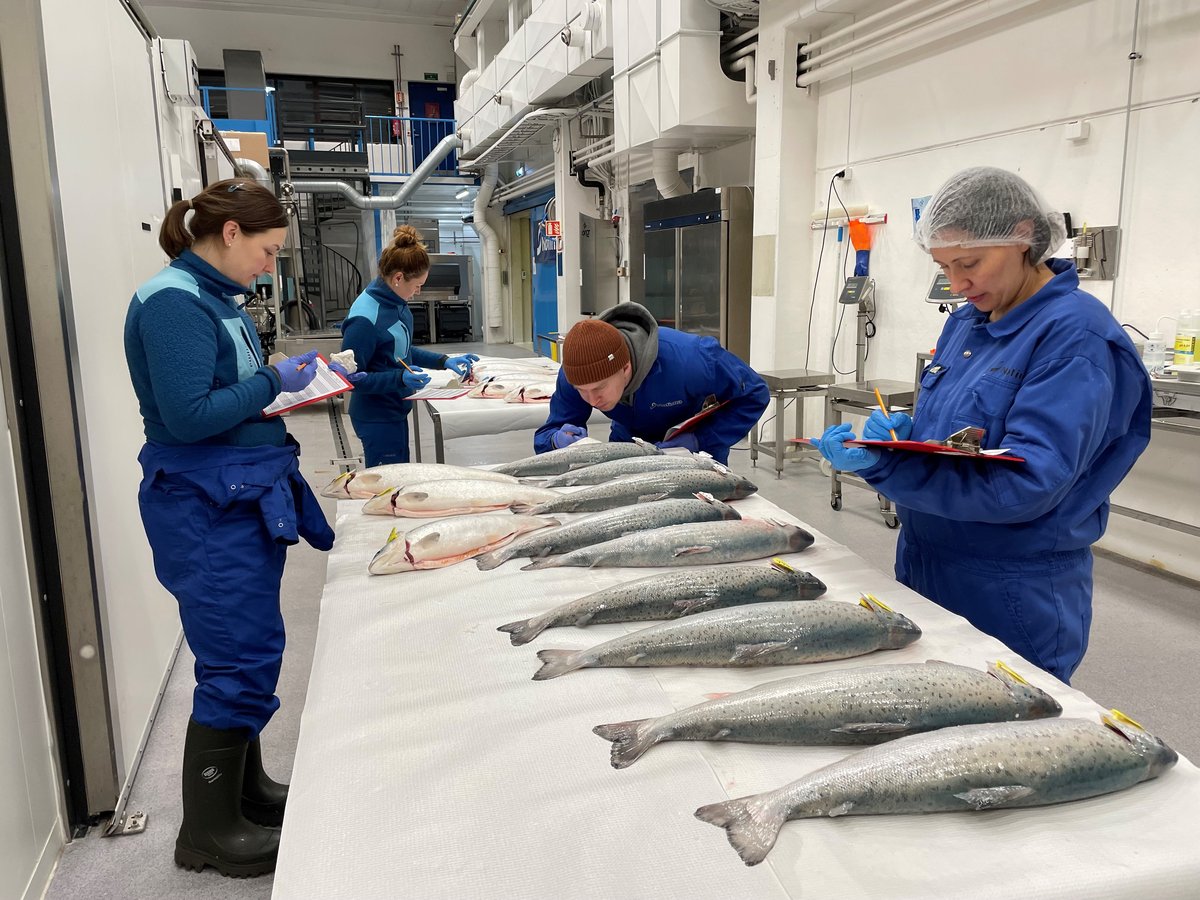
Several experts at Nofima have been involved in the algae feed research. Here, work is being done to map the quality of salmon fed with algae cultivated using waste heat from Finnfjord AS. Credits: Anne-May Johansen
From factory to feed
The process of transforming CO₂ and NOx emissions from ferrosilicon production into a feed component was developed by Finnfjord AS and UiT. At the smelter, algae are cultivated in large tanks into which the factory’s exhaust gases are channeled. The harvested algae biomass is sent to feed developers at Nofima, Skretting, and Cargill, where it is incorporated into a carefully crafted feed recipe.
The algae-based feed is now undergoing large-scale testing in salmon production. In addition to robust growth and health, researchers have noted an additional benefit. “Microalgae in the feed also results in fewer salmon lice infections. This has been documented,” said Siikavuopio.
Siikavuopio works in the production biology department at Nofima, but the project spans several departments within the institute. Feed technology specialists helped formulate the recipe, while quality expert Stein Harris Olsen and fish health scientist Elisabeth Ytteborg evaluated the resulting salmon’s quality and health.
Only a small fraction of the world’s vast array of microalgae species have been explored as potential aquaculture feed sources. “There will likely be more work testing different types of algae and optimizing the processes for both cultivating algae and incorporating marine oils into fish feed,” Siikavuopio concluded.


